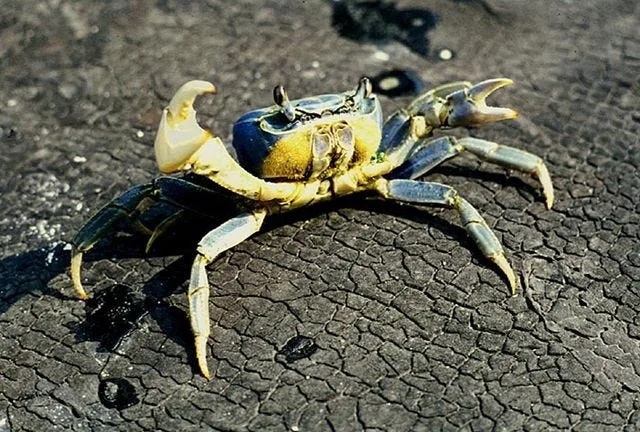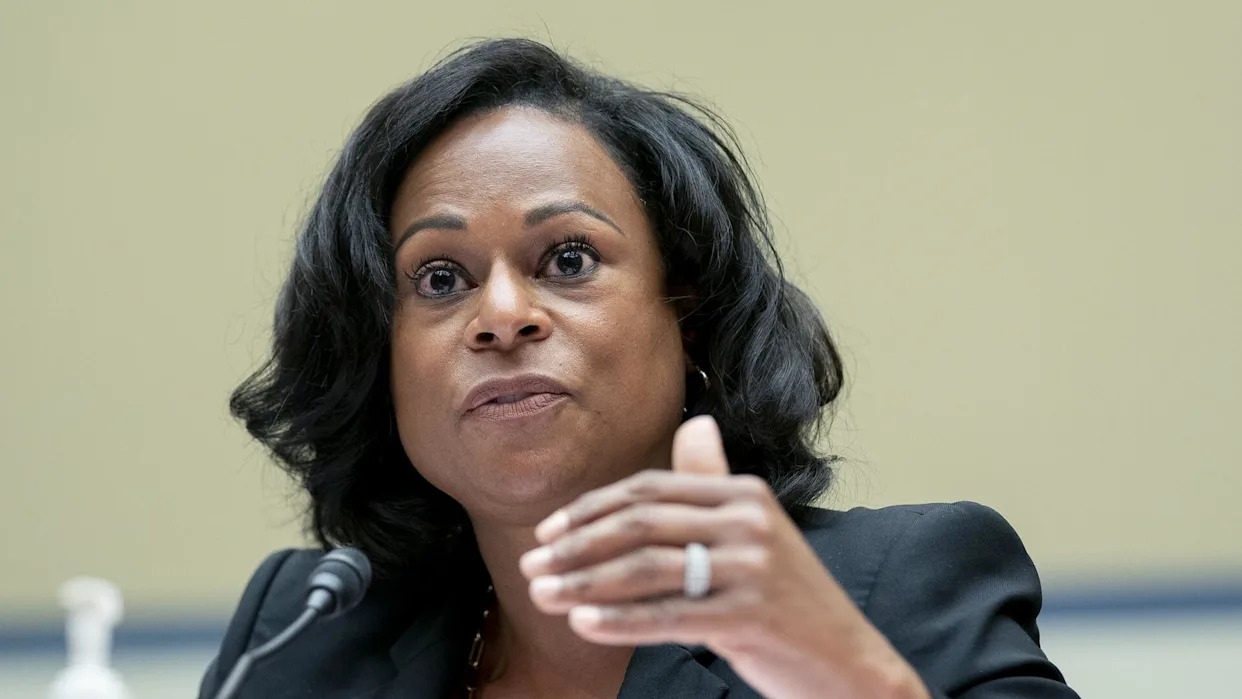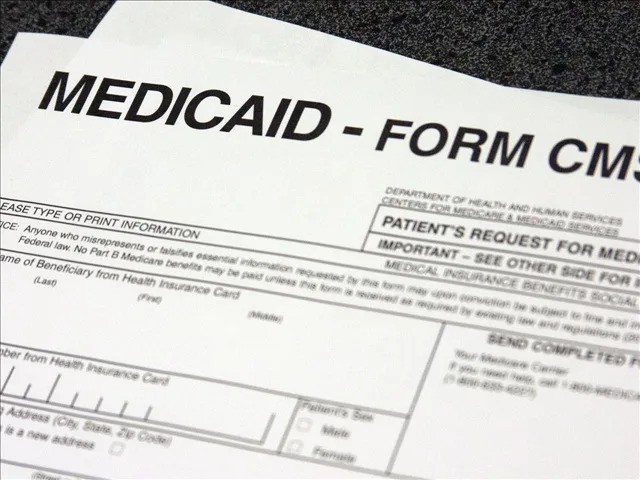
It's spawning season.
That means you might start to spot blue land crabs around this time of year as the female crabs venture out to sea to release their eggs, a time period called spawning season that lasts from June to December, according to UF/IFAS.
The season peaks in October and November, and the crabs are often seen when heavy rain draws them out of the burrows that they dig as deep as 5 feet.
Harvesting is off-limits from July 1 through Oct. 31, and the crabs can only be caught by hand or using a landing or dip net. But are blue land crabs actually edible? Here's what we know.
More: Will county buy Sebastian waterfront property? ELAP paused after illegal mangrove-removal
5 things to know about blue land crabs
Hole life: The blue land crabs dig holes in mangrove swamps near the water line.
Fall commute: The female land crabs march to the ocean to drop off their eggs each fall.
Shrinking numbers: Longtime Floridians remember when they crossed in the thousands. Development and pesticide use have reduced the number of blue land crabs.
Bag limit: You can keep 20 blue land crabs per person from Nov. 1 through June 30. Go to MyFWC.com to read all the restrictions.
Roommates: The mangrove rivulus is a fish that lives exclusively in the bottom of the land crab hole.
How to identify blue land crabs
Contrary to what their name implies, blue land crabs aren't always blue.
While adults are often blue, young crabs can range in color from blue/blue-gray, tan or white. Females can change colors from blue to tan/purple or violet during mating periods and/or when young, according to the U.S. Department of the Interior.
The crabs somewhat resemble a large fiddler crab, with one claw larger than the other, the Georgia Department of Natural Resources said.
Invasive species: See Burmese python hunting during Florida Python Challenge
Do blue land crabs live only on land?
As adults, blue land crabs dig and live in burrows on land. They can be found as far as five miles from the shore.
Females migrate to the ocean to release eggs into shallow inshore waters. While a female may produce 300,000 to 700,000 eggs per spawn, very few larvae survive.
In Florida, the spawning season (and female migration to ocean) lasts from June to December, peaking in October and November, according to UF/IFAS.
Can you eat land crabs?
Yes.
"The blue land crab is exploited as a food source throughout the Bahamas and the Caribbean," according to UF/IFAS.
"They are particularly popular in the Caribbean, thrown in a pot with some seasoning, allegedly tasting a lot like the blue crabs found in Chesapeake Bay," according to Wild South Florida.
"In Florida, the Fish and Wildlife Conservation Commission has received anecdotal reports that in certain areas of south and central Florida, harvesting effort has increased," prompting limits on harvest.
The U.S. Department of the Interior reported blue land crabs have been known to carry salmonella.
While the crabs are eaten in some parts of their native range, you have to catch them first, and they're hard to catch.
"In addition to their speed at retreating into burrows deep below ground, the crabs possess a large claw that they can use to dexterously defend themselves," said South Carolina Department of Natural Resources.
Is it legal to catch land crabs in Florida?
The removal of crabs is prohibited from July 1 through Oct. 31, says the FWC. In Florida, blue land crabs can only be caught by hand or with the use of a landing or dip net. It is illegal to use traps, bleach or any other chemical solution.
Additional regulations include:
Harvest, possession, purchase or sale of egg-bearing blue land crabs is prohibited.
No person shall harvest in any one day or possess at any time more than 20 blue land crabs. There is no size limit.
The practice of stripping or otherwise molesting egg-bearing blue land crabs in order to remove the eggs is prohibited, and the harvest, possession, purchase or sale of blue land crabs from which the eggs, egg pouch or bunion has been removed is prohibited.
No person shall harvest or attempt to harvest any blue land crab on, upon or from the right-of-way of any federal, state or county-maintained road, whether paved or otherwise, or from any state park.
This article originally appeared on Treasure Coast Newspapers: Are blue land crabs edible? About the Florida critters spawning season







Comments